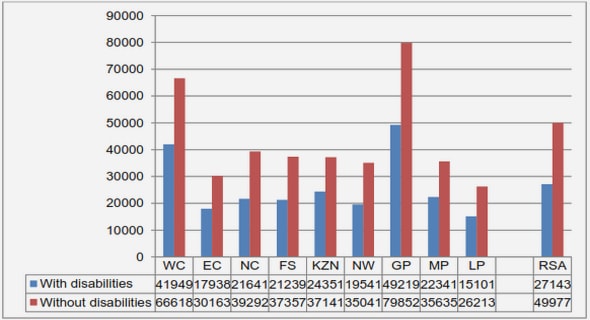(Downloads - 0)
For more info about our services contact : help@bestpfe.com
Table of contents
OBJECTIVES OF THIS WORK
1 STATE OF THE ART
1.1 Acidogenic Fermentation as a Biorefinery Concept
1.1.1 Hydrogen
1.1.2 Acetic acid
1.1.3 Ethanol
1.1.4 Lactic acid
1.1.5 Formic acid
1.2 Acidogenic Fermentation Process
1.2.1 Anaerobic digestion – a brief history
1.2.2 Classic anaerobic digestion process
1.2.3 Acidogenesis fermentation metabolism
1.2.4 Influence of gas-phase composition and pH on acidogenic fermentation
1.3 Mathematical Modelling of Acidogenic Fermentation
1.3.1 Anaerobic digestion modelling – a brief historical review
1.3.2 Acidogenic fermentation modelling
1.3.3 Acidogenic fermentation modelling – thermokinetics considerations
1.4 Biothermodynamics Based Modelling of Acidogenic Fermentation
1.4.1 Fundamental laws of thermodynamic
1.4.2 Modelling of biomass yield
1.4.3 Modelling of metabolic networks
1.4.4 Thermodynamic analysis of acidogenic fermentation
1.5 Membrane Inlet Mass Spectrometry
1.5.1 Membrane – the interface of MIMS
1.5.2 Mass spectrometry – the core of the MIMS
1.5.3 Translation of MIMS signals
2 MATERIALS AND METHODS
2.1 Fermentations Set-Up
2.1.1 Reactor equipments
2.1.2 Media and inoculum
2.2 Analytical Methods
2.2.1 Gas phase
2.2.2 Liquid phase
2.3 MIMS Set-Up
2.4 MIMS Calibration Procedures
2.4.1 Standard calibration
2.4.2 In-process calibration
2.5 Thermodynamic Calculations
2.5.1 Temperature correction
2.5.2 Correction for experimental concentrations
3 RESULTS
3.1 MIMS Signal Translation
3.1.1 Correlation between MIMS signals and measurement
3.1.2 Fermentation kinetics
3.1.3 In-process MIMS signal calibration
3.1.4 Validation of calibration strategies
3.2 Fermentation Results
3.2.1 Effect of head-space composition on product yield spectra
3.2.2 Effect of pH on product yield spectra
3.2.3 Transient states
3.3 Thermodynamic Model
3.3.1 Mass and electron balances
3.3.2 Extracellular thermodynamic model
3.3.3 Catabolic thermodynamic model
3.3.4 Thermodynamics of Anabolism
3.3.5 Equation for the calculation of L
3.4 Thermodynamic Analysis of Product Yield Spectra
3.4.1 Thermodynamic analysis of metabolism
3.4.2 Thermodynamic analysis of anabolism
4 DISCUSSION
4.1 MIMS Signal Translation
4.1.1 Measurement in the gas phase
4.1.2 Detection of low solubility volatiles in the liquid phase – H2 & CO2
4.1.3 Detection of high solubility volatiles in the liquid phase – ethanol
4.1.4 MIMS signal oscillation and noise
4.1.5 Limitations of in-process calibration
4.1.6 Applications of MIMS to fermentation experiments
4.2 Acidogenic Product Spectra Under Environmental Changes
4.2.1 Transient states kinetics under environmental changes
4.2.2 Metabolic shift effects on hydrogen yield
4.2.3 The role of lactate synthesis
4.2.4 The Acetyl-CoA node
4.2.5 H2/NAD+ redox reaction
4.2.6 Homoacetogenesis
4.2.7 Acetate, butyrate and ethanol shifts
4.3 The Thermodynamic Model
4.3.1 Intra-extracellular concentration
4.3.2 Constant intracellular pH
4.3.3 Limitations of this thermodynamic model
5 CONCLUSIONS
6 PERSPECTIVES
6.1 Gas Sparging
6.2 Volatilisation of Fermentation Products by Gas Stripping
6.3 Acidogenic Biofilm
6.4 Gas Controlled Acidogenic Biofilm Reactor
7 REFERENCES LIST




